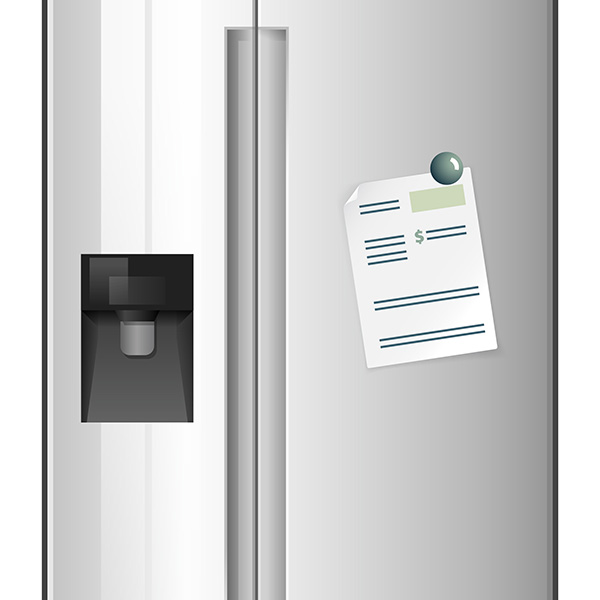Understand Your Bill
The bill sent by your energy retailer contains some important information which can assist in the reduction of energy costs. In this section we specifically discuss electricity, but in many cases it can also be applied to gas (except of course feed-in tariff, because you can’t make your own gas!).
Tariff
Of particular importance is the tariff, or the price you are charged. Typically, this is made up of a daily supply charge (connection fee) and usage charge (consumption fee). Tariff structures will vary between and within retailers, incorporating different rates depending on season, time of use (peak/off-peak) or controlled load (dedicated circuit for large electrical loads). The best option will depend on how (and when) electricity is consumed.
It is strongly encouraged to shop around every 12-24 months to ensure you are receiving the best deal, as this can have a big impact on your energy bill. Compare current retail offers tailored for your premises at the Victorian Government’s Energy Compare website. A ranking of the greenest retailers can be found in Greenpeace’s Green Electricity Guide.

Feed-in tariff (FiTs)
This is where the retailer pays the customer for electricity exported into the grid, typically from a solar PV system. Calculated in c/kWh, the regulated minimum tariff is set by the State Government, although some retailers choose to pay a higher rate to attract customers. In general, FiT rates are reducing as industry maturity and market factors have deemed this government incentive unnecessary. You can find more detail about the FiT you are receiving on the second page of your electricity bill.
Average consumption
This feature of your bill provides a very useful way of monitoring consumption over time. Often accompanied by a graph, average consumption enables you to compare to the same time last year and readily identify seasonal trends. Any abnormal variance is worth further investigation as it may indicate changes in behaviour, an issue with an appliance, a problem with the insulation or the building shell itself.
Another way of monitoring energy consumption is by using a device like a Powerpal (available free in Victoria), which connects your electricity meter to your smart phone and provides real-time analysis of home energy usage. In this way, you can identify which appliances and usage patterns are contributing most to your power bills. Additionally, some retailers offer a web portal enabling users to access smart meter data, often in 15-30min ‘chunks’, which is significantly more detailed than that shown on your bill.
Breakdown of a typical electricity bill

- Average daily usage (kWh)
- Usage comparison graph
- Supply period
- Meter read date
- Tariff type
- Meter no.
- Days billed
- Total usage (kWh)
- Peak tariff rates ($/kWh)
- Total cost ($)
